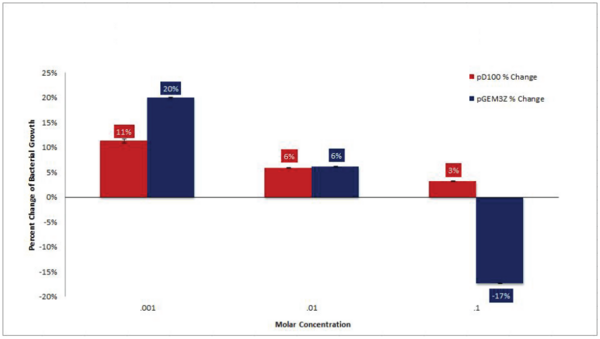Plasmid Variance and Nutrient Regulation of Bioluminescence Genes
(1) Pioneer High School, Ann Arbor, Michigan
https://doi.org/10.59720/14-008
Bioluminescence, the natural production of light by living organisms, may one day compete with electrical lighting as a form of light production. The limited gene expression of bioluminescent proteins is one hindrance preventing the widespread application of bioluminescence. The purpose of this experiment is to increase expression of Aliivibrio fischeri bioluminescence genes, study the effects of increased expression, and examine the dependence of bioluminescence on nutrient concentration. Discovering the connection between nutrient dependency and light production with A. fischeri could open new possibilities to receive maximal bioluminescence. Expression of A. fischeri genes from a high copy plasmid is expected to increase the gene expression and bioluminescence of Escherichia coli. We hypothesize that because of an increase in the gene expression of the
A. fischeri lux operon, the production of bioluminescence should be more dependent on nutrients, which provide cofactors and substrates for the bioluminescence reaction. After transfer of the A. fischeri genomic fragment to the high copy plasmid, the bioluminescence of the host E. coli increased significantly. Furthermore, bacterial growth seen in E. coli containing the high copy plasmid decreased. A complex pattern of regulation was seen after exposing the bioluminescent E. coli to various nutrients. Collectively, these findings demonstrate that the higher expression of bioluminescence genes, achieved with a plasmid with a higher copy number, did not render bioluminescent E. coli more dependent on nutrients for bioluminescence.
This article has been tagged with: